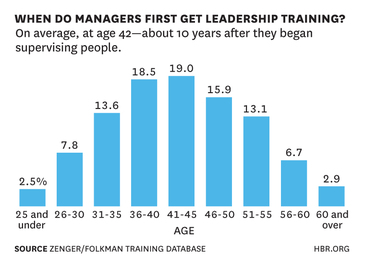
When leaders of organizations articulate and live their values, they drive them throughout the organization, and they become a way of being. – Howard Behar
Tune in to any talk in leadership circles today and you will hear all about living up to your potential. We instill it in our children from the day they start school and suit up for Little League. We remind them again at graduation and send them off to the real world full of promise and the hope that they will live up to the potential and hopes we placed in them.
But what happens when the realities of the real world sink in and living up to one’s potential becomes a dead end chase? Is there a way forward? Is living up to one’s potential still attainable?
Gallup research reported on in Inc. magazine says that “70% of employees aren’t working to their full potential. Adding insult to injury, 52% of those are just sleepwalking through their day.” The article states, “When a company raises employee engagement levels across every business unit through great management of people, it leads to higher profitability, productivity, and lower turnover.”
This sounds reasonable enough at first glance so where is the disconnect? Let’s take a closer look. “And therein lies the problem.” the article continues, “ to remedy the 70% crisis you first have to find those managers. Gallup reports that companies fail to choose the right management talent for the job a staggering 82 percent of the time.”
When companies fail to find the right managers 82 percent of the time, and when 70 percent of employees aren’t working to their full potential, then perhaps it’s time to rethink our approach as to what management potential looks like. Here are a few ideas for consideration.
Potential must be measured against values, not skills
Perhaps one of the reasons why so many companies hire the wrong managers is that they are looking at skill sets when they should be looking at values. Managers without a clear set of values such as honesty, integrity, trustworthiness, etc., can only lead for so long and take the company so far. Without a clear set of values in place, that leader has no true north, and the people have a leader with limited capacity. Click To Tweet
Potential and leadership development go hand in hand
Without question, companies want to hire highly qualified managers who can add value to the organization. No company purposefully sets out to hire the wrong managers. But along the way, companies are missing the mark. The good news is that it can be fixed. A great starting place is in leadership development.
Some time ago, Jack Zenger writing in The Harvard Business Review shed light on the fact that we wait too long to train our leaders. His research points out that the average age of managers who receive leadership training is 42, but the average of supervisors in these firms is 33. Zinger states, “It follows then, that if they’re not entering leadership training programs until they’re 42, they are getting no leadership training at all as supervisors. And they’re operating within the company untrained, on average, for over a decade.”

And this is the disconnect between someone not living up to their potential and someone with it. Leadership makes the difference.
Your potential and capacity is not defined by others
The premise of the Inc. article states the reason people are not living up to their potential is that companies are promoting the wrong people to management. While the argument has some merit, I believe that the premise lacks clarity.
To be sure, bad managers can be a drag on the culture of the organization. But it doesn’t have to be a deal breaker. You can reach your potential without them. Click To Tweet It’s no excuse for “sleep-walking through the day”, and opting not to perform at your best. Commit yourself to growing, learning, and developing your skills and your potential will be realized.
To be sure, bad managers can be a drag on the culture of the organization. But it doesn’t have to be a deal breaker. You can reach your potential without them. Click To TweetWhen your potential is grounded in your values, in leadership development, and individual responsibility, you can certainly reach all of your potentials. It will make a world of difference for you and to the organization you serve.
©2018 Doug Dickerson








